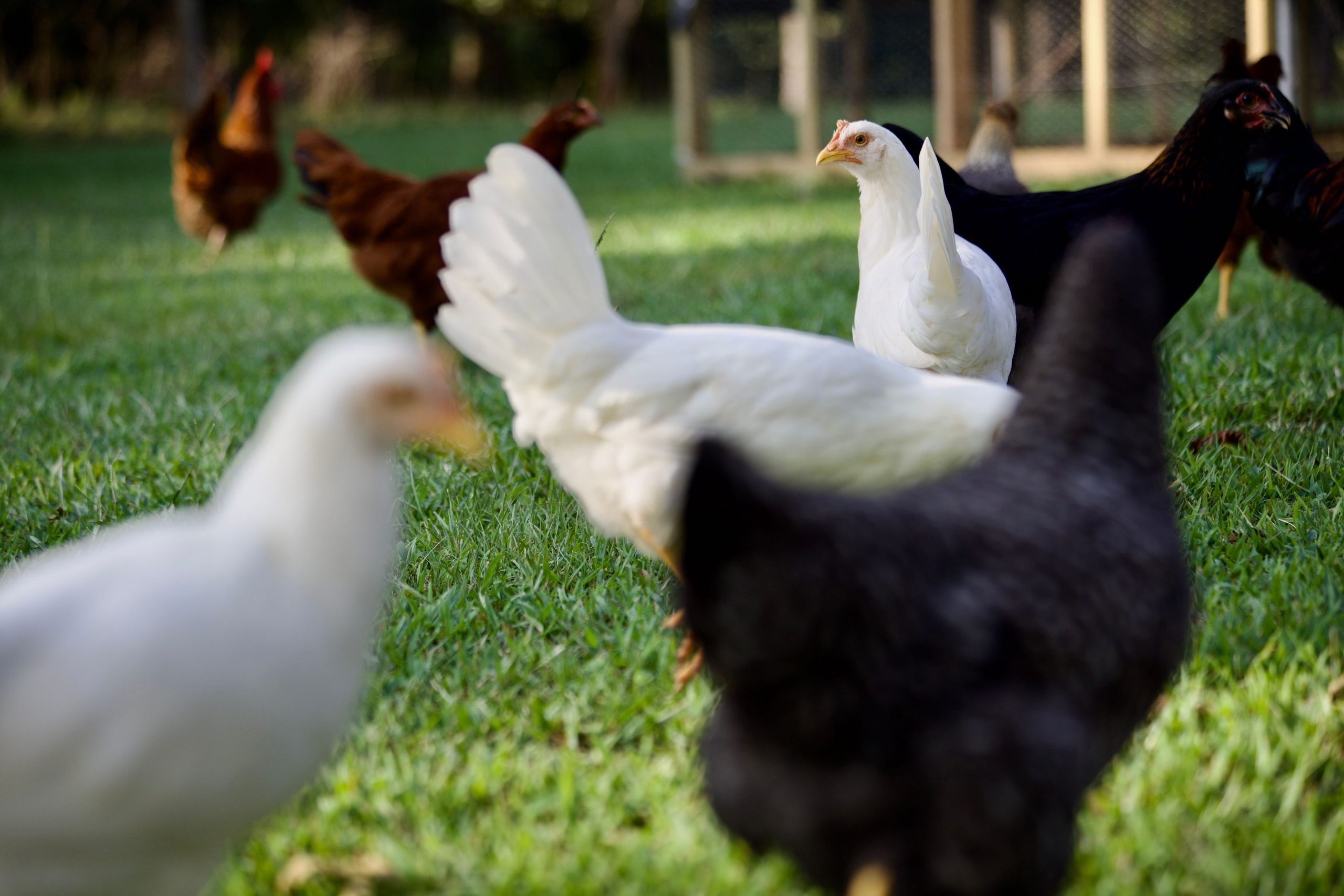When you step outside into your backyard, it may look like just a patch of grass, a few trees, maybe a garden bed or two. But beneath the surface—and buzzing around right in front of your nose—is a bustling world of interactions. This living network is known as your backyard biome, and it’s far more complex (and fascinating) than it appears.
Let’s pull back the curtain on what’s happening in your backyard’s miniature ecosystem.
What exactly is a biome?
A biome is a large-scale community of plants, animals, fungi, and microbes that share a particular climate and set of conditions. Your backyard might not rival the Amazon rainforest, but it’s still a microcosm of life where organisms constantly interact, adapt, and balance each other out.
Think of your yard as a small-scale stage where soil, water, plants, insects, and animals all play parts in a never-ending performance.

The Building Blocks of the Backyard Biome
- Soil: The Foundation
Healthy soil is more than just dirt—it’s alive. Billions of bacteria, fungi, nematodes, and earthworms live in a handful of soil. They break down organic matter, recycle nutrients, and improve soil structure so plants can grow strong. Without this hidden workforce, your lawn, garden, and trees wouldn’t survive.
- Plants: The Producers
Plants take sunlight and turn it into energy through photosynthesis, forming the foundation of the food web. From towering oaks to humble dandelions, every plant supports life. They provide food for pollinators, shelter for small creatures, and oxygen for the entire system (including you).
- Insects: The Middle Managers
Love them or not, insects keep your backyard biome humming. Pollinators like bees and butterflies enable plants to reproduce, while decomposers like beetles and ants break down waste. Even pests like aphids serve a purpose—they feed ladybugs, birds, and other predators.
- Birds, Mammals, and Beyond
Squirrels, rabbits, songbirds, and even the occasional raccoon are all part of the biome. They disperse seeds, control insect populations, and sometimes make a meal out of your vegetable patch. Larger predators (hawks, owls, foxes) play the role of top regulators, keeping smaller animal populations in check.
- Microorganisms: The Invisible Heroes
Yeast, algae, protozoa, and countless bacteria operate quietly, recycling nutrients and balancing the ecosystem. Without them, waste would pile up and plants would starve.
Cycles That Keep It All Running
Your backyard biome doesn’t just exist—it cycles. A few key loops keep it healthy:
- Nutrient Cycling: Fallen leaves, grass clippings, and compost decompose into nutrients, which feed the soil and, in turn, the plants.
- Water Cycle: Rain infiltrates the soil, hydrates plants, and evaporates back into the air—often moderated by plant roots that prevent runoff.
- Energy Flow: Sunlight → plants → herbivores → carnivores → decomposers. Every transfer fuels another part of the system.
How You Influence Your Backyard Biome
Whether you realize it or not, your actions shape the health of your biome:
- Lawn chemicals can disrupt soil microbes and harm pollinators.
- Native plants attract more beneficial insects and birds than exotic ornamentals.
- Composting closes the nutrient loop and boosts soil health.
- Habitat features like birdhouses, log piles, or wildflower patches increase biodiversity.
By making intentional choices, you can help your biome thrive instead of tipping it out of balance.
Why It Matters
A thriving backyard biome doesn’t just benefit the creatures living in it—it benefits you, too. Healthy soil grows better food. Pollinators boost gardens and orchards. Biodiversity helps control pests naturally. And maybe most importantly, stepping outside into a living, balanced ecosystem provides a sense of wonder and peace.
Your backyard may look small on a map, but to the countless organisms living there, it’s a whole world—and you’re part of it.